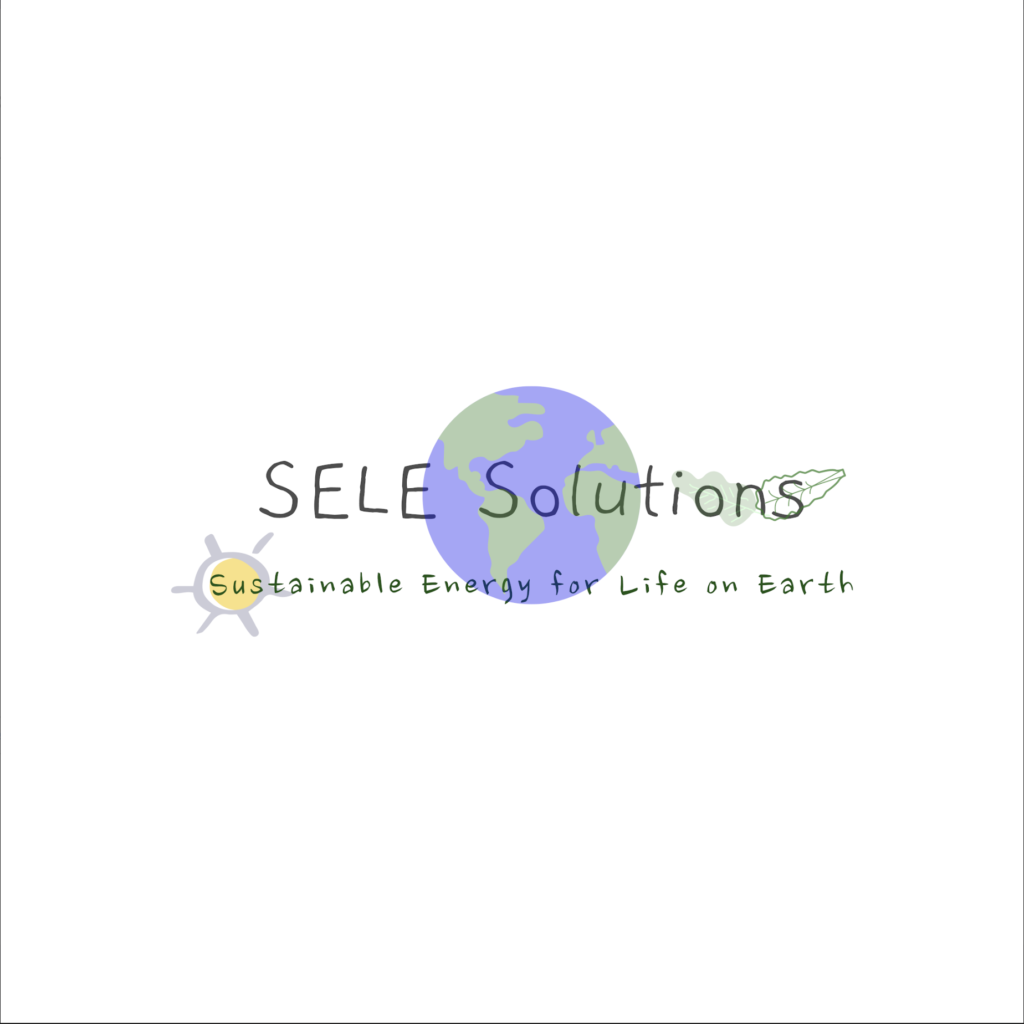
Green Success Stories sat down with Jasmin Jijina Sinkular, PhD, Founder of SELE Solutions to chat about her visions for a sustainable future. Jasmin is a Sustainable Energy Technology and Engineering Solution Entrepreneur and innovator who founded SELE Solutions in October 2022.
Tell us a little bit about your background.
I was born in India to a conservative family that emphasized education and a strong work ethic. As I entered high school I was drawn to the U.S. for higher education and equitable freedom. I discovered an early love of academic research in physics as a freshman in college at MIT. I had the opportunity to contribute to and study within diverse physics fields through the completion of my PhD at the University of Michigan. I took my training to industry to make an impact in the commercial world and because it seemed like a better fit for a single woman with a conservative upbringing. At General Motors, I joined the OnStar engineering team at an opportune time during its formative years and had the privilege of learning from and with some extremely professional and competent engineers. Being a small system engineering organization required us to design and test everything from the vehicle interfaces to the long- and short-range wireless functionality to the cloud services and in-vehicle interfaces. We also worked closely with our embedded software supplier to ensure robust execution and zero-defect product launches. Being a nascent organization required creation of the necessary skeletal processes for portfolio planning, engineering change management, system and component requirements and validation plan documentation and execution, and make them efficient, yet rigorous. Regardless, our early progress was made possible due to some exceptional leaders with authentic integrity and a respect for diversity. I have discovered other such leaders along the way, and the productivity made possible under their watch never ceases to amaze me. I had the privilege to start as an individual contributor, and then went on to lead sizeable teams of talented engineers to success across some very challenging projects. I often tell my kids, who I had later in life after I met my husband, that I learned how to be a good mother (I hope), by first learning how to be a good manager. While at GM, I had the privilege of becoming a U.S. citizen. Fast forward 20 years, a festering worry incessantly nagged at me about the future health of our planet. I felt that all my challenges and experiences in life had really been the universe at play, preparing me for this urgent calling to put my love of science and my experiences as an engineer to good use, in whatever manner feasible, to improve the odds for continued life on our planet. With this inspiration, I founded SELE Solutions, LLC late in 2021. www.selesolutions.com
What would you do with $1 billion dollars?
A billion dollars is a lot of money, and yet it may take a lot more than a billion for our world to turn the corner and be on a safe trajectory toward a green, healthy future. Given this approach, and the desire to maximize progress and ROI, I would want to invest the billion systematically in the same areas as below that are the current focus of SELE Solutions, LLC. I would do so in a manner that generates additional income in the free marketplace to continue to contribute to progress in these endeavors and additional worthy endeavors that will be uncovered along the way. Of course, I would leverage the help of a talented team to scale this work. 1. Education & Workforce Development The key deterrent of progress in sustainability today, in my opinion, is a lack of awareness or misinformation that results in clouding the judgments of reasonable people. There is also an inherent need to describe in clearly understandable terms, the potent cause-and-effect relationship between Greenhouse Gases in the atmosphere (GHG) and the resulting climate change and health hazards. This education needs to happen at various levels of society, across age groups, demographics, industries, and nations. Similarly, simplified explanations are needed for technologies underlying sustainable alternatives and why they ought to be adopted. Change is frightening or uncomfortable to many. A clear understanding of the consequences of not changing is the necessary trigger to accelerate the necessary change. In addition to educating corporations and communities, there is a need for a pervasively robust K-12, college and graduate education to prepare the next generation of scientists and engineers that will take technologies and solutions to the next level and bring them inhouse into the U.S. Moreover, there is need for education via apprenticeships and other practical rigorous education to train the large numbers of contractors needed for safe and efficient installation and maintenance of technical solutions for the new sustainable energy economy. 2. ESG & GHG Net Zero Strategy & Trackable Roadmap For corporations and individuals who are already aware, or for whom the education and awareness efforts mentioned above pay off, half the battle is won. Nonetheless, the clock is ticking at preventing further damage and ultimately the irreversible effects of climate change if earth’s surface temperatures exceed a 2 degree rise above pre-industrialized benchmarks. The solution to this problem will vary by industry and even by corporation within each industry. A positive, innovative, and collaborative approach is needed to eke out a constructive strategy and associated solutions in time to avert disaster. Furthermore, a systematic, diligent approach is needed to track progress against the strategy and course correct the roadmap as necessary to maintain year-on-year progress to meet strict GHG reduction goals. An important part of the roadmap must also entail retraining personnel within each industry and at each corporation to successfully transition to the new solutions. 3. Technology Selection For many of the sustainability transitions needed to reduce GHGs, there is already a plethora of existing technologies to choose from. However, care must be taken to make appropriate selections and adaptations to make an efficient transition that is successful in the long run. 4. Solution Engineering & Implementation Just as with strategy and technology selection, care must be taken to efficiently design, engineer and implement the new sustainable solutions, while making the transition as seamless as possible for the long-term financial success of the organization and the long-term productivity of the associated workforce. 5. Product Innovation & Supply Chains When existing technologies and solutions don’t exist, a practical, all-hands-on-deck approach must be used to innovate on products and services to make a successful transition to a sustainable world. As much as feasible, in-country made technologies and solutions must be leveraged to ensure self-sufficiency as also to minimize GHG pollution due to transportation. Failing which, products of democratic nations must be used whose citizens can choose to make the necessary changes and innovations to benefit our shared planet, and as a result benefit from the progress themselves. 6. Environmental & Educational Justice In all the hullabaloo of transitioning, care must be taken that there is homogeneity in transitions by simple virtue of the fact that the air that envelopes our planet is a shared resource. Just as it cannot be compartmentalized, any inequities in a successful transition to sustainability and in the education to comprehend its necessity, and in the workforce’s readiness to support it, will be a detriment to us all.
Why do you think sustainability is such an important topic today?
The greatest existential threat for humans today would be their failure to recognize the urgent need for sustainability and for accelerated GHG reduction.
What do you envision your industry looking like in ten years?
My greatest fear is that, without an awakening of a significant and widespread order, yet avoiding panic, progress in sustainability will be just as it is today, even though the effects of climate change and health impacts of GHGs will be a lot more prevalent and dire. With the right education and awareness levels, we may yet be able to see a sea change of attitudes, hence clean energy and sustainability transitions in a majority of corporations and communities. I would certainly hope that by then, the worst GHG offenders, e.g. coal would be transitioned away from in their entirety.




